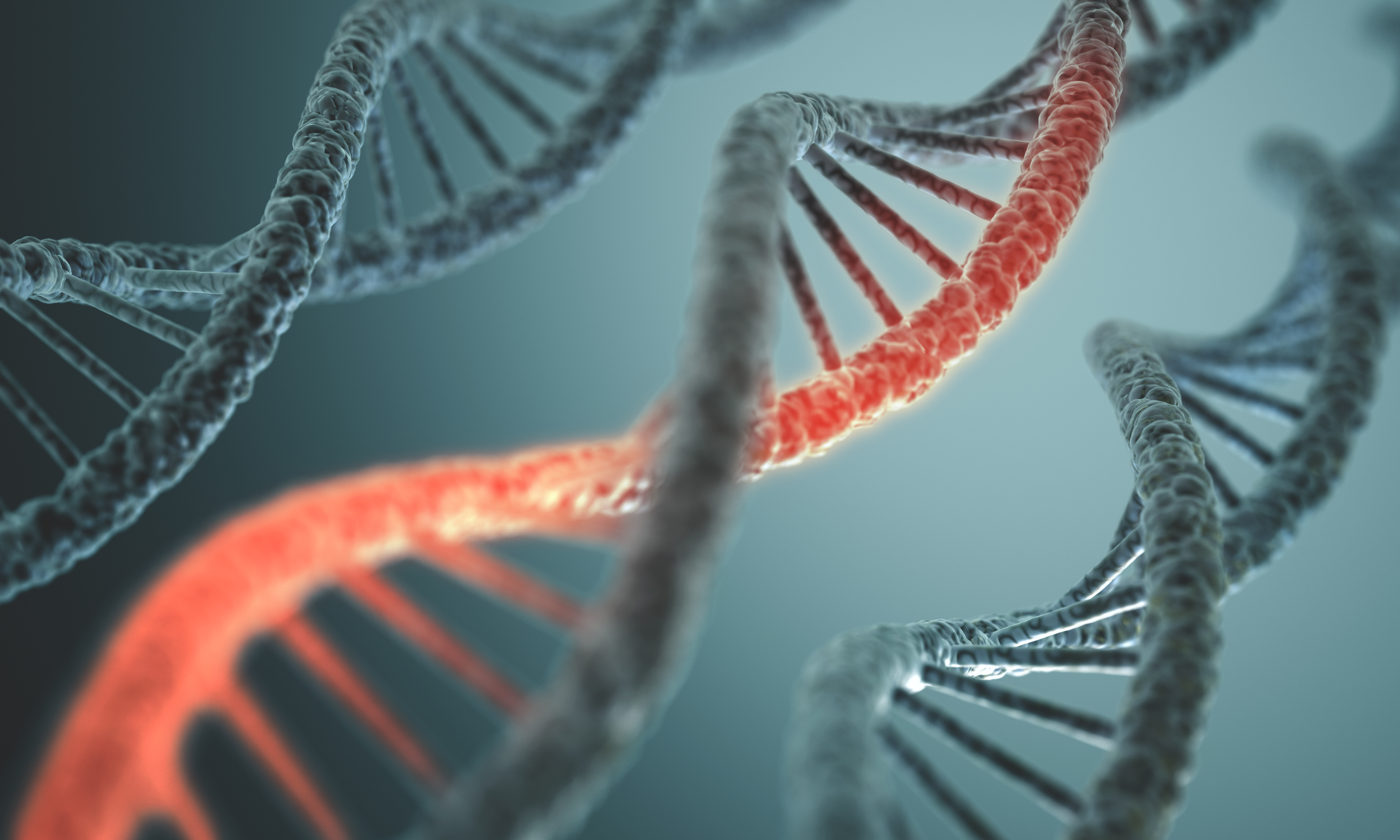Introduction to RNA extraction kits
RNAi stands for RNA interference. This is a naturally occurring biological process in which small RNA molecules bind to mRNA causing it to be degraded before being translated into a protein. Double stranded RNA (dsRNA) is the target of this pathway because dsRNA are typically transcripts from viruses or junk transcripts. The efficiency and specificity of this pathway has made it useful for scientists. RNAi can be used to silence genes for research purposes or as a therapeutic to suppress genes in cancerous cells.
Deciding on a siRNA target
For your RNAi protocol, small interfering (siRNA) is created by an enzyme called DIcer. These RNA serve as a template for the RISC complex to recognize the target mRNA that matches that siRNA.
The first step in the RNAi protocol is determining an ideal double stranded RNA that will be complementary to the sequence you are interested in targeting. Either siRNA or a small hairpin (shRNA) can be used. These two small RNA have different mechanisms of action, but RNAi machinery recognizes transcribed shRNA similarly to siRNA, and it is also processed by the Dicer protein. Ideally, the short RNA sequences are less than 30 nucleotides long, have effective overhangs, and contain a certain percentage of GC nucleotides. To help guide you through these decisions, computer programs are available to help you design these RNA.
Introducing siRNA or shRNA into cells for RNA interference
The next step in the RNAi protocol is delivering the dsRNA into cells. Optimal method of delivery will vary based on which kind of cell the RNA is being delivered to and what kind of knockdown is needed. There are two main types of systems available, transfection of the RNA facilitated by changed lipid particles or with the help of viral vectors. Adenovirus, lentivirus, and retrovirus have natural biological processes that are efficient at getting nucleic acids into cells, making them ideal for RNAi. Lipid transfection of the RNA is commonly used because it is effective across many cell types.
RNA in the cell, conclusion of the RNAi protocol
Once successfully transferred into a cell, siRNA or shRNA post-processing will bind to the Argonaute enzyme of the RISC complex. The guide strand of the siRNA will stay bound to RISC and will guide the complex to its complementary mRNA. The RISC complex will perform its job, which is to cleave the target mRNA. The cleaved mRNA transcript will then be degraded, thus silencing the gene. In 2018 the U.S. Food and Drug Administration approved the first RNAi therapeutic called “Patisiran” for treating a genetic disorder called “hereditary transthyretin-mediated amyloidosis.” One of the biggest challenges in developing that therapeutic was ensuring the safe and correct delivery of the RNA in the body.
RNAi protocol for science and therapeutics
As RNAi protocols are further developed, the process of designing and creating RNA’s for the protocol can become more streamlined, especially if for potential clinical use. RNA is becoming widely popular as a therapeutic. The new SAR-CoV-2 vaccines are mRNA in lipid particles. RNA research and RNA use for clinical purposes will continue to grow and infrastructure will continue to become available for it.





